Contribute to the world scientific catalogue of 3 camellia species
Camellia was first recorded in October 2019, at an altitude of 467m above sea level, under the canopy of a rich evergreen forest in Sub-area 14 of Bu Gia Map National Park. From there, the research team monitored the growth and development of the tree and collected samples of branches, leaves, flowers, and fruits for anatomy and analysis to describe the characteristics of the species. By May 2023, the biological characteristics of the species were completed. After that, when compared with the standard samples of similar camellia species, there were clear differences and this was certainly a new species for science.
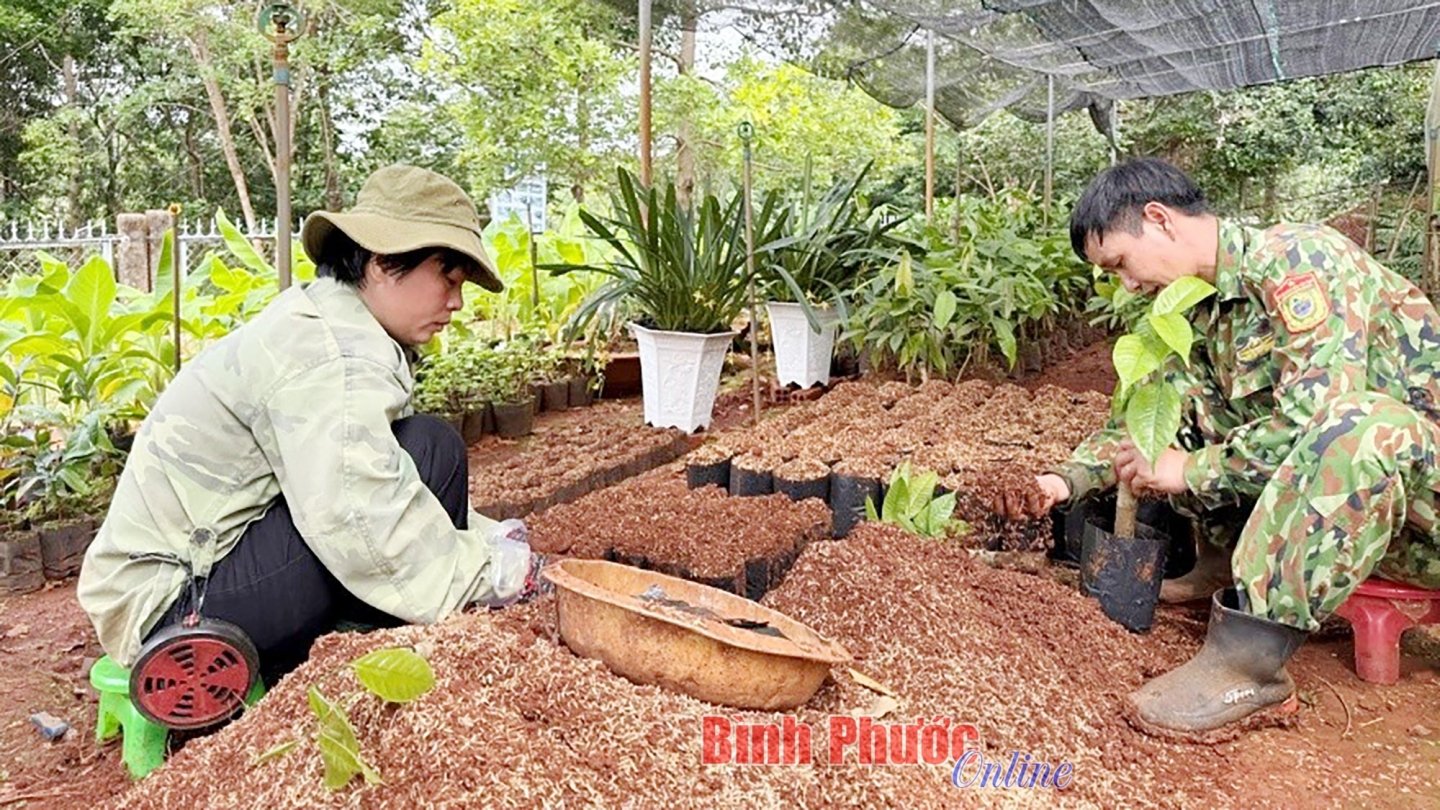
Scientists initially analyzed the chemical composition of the leaves of the tea plant and discovered many important compounds such as saponin, polyphenol, polysaccharide, flavonoids... These are all important compounds in medicine. Some of these compounds have very strong anti-cancer cell activity. In addition, some important compounds in the treatment of Alzheimer's disease were also discovered... From the preliminary survey results of scientists, it shows that tea not only contains important substances in camellia species but also contains many other important compounds for medicine, this is a great potential for further applied scientific research activities.
Up to now, Bu Gia Map National Park has discovered and announced 3 new camellia species, including: yellow camellia, red camellia and camellia. These species are distributed in the core zone of Bu Gia Map National Park in small quantities but have great value in terms of medicine and scientific research.
The discovery and announcement of three camellia species, including yellow camellia, red camellia and camellia in Bu Gia Map National Park, is of great significance to biodiversity conservation, conservation of rare forest plant genetic resources and applied scientific research activities in forest biological development in the National Park. These camellia species are only discovered in Bu Gia Map National Park. This shows that Bu Gia Map National Park has high biodiversity and unique characteristics that cannot be found anywhere else. |
Currently, biodiversity conservation, scientific research on the application of forest organisms, development and conservation of rare forest biological gene sources in the National Park are of interest. In 2023, the Provincial People's Committee approved a research project on the conservation of camellia gene sources in Bu Gia Map National Park. This is an opportunity for the National Park to improve its scientific research capacity, as well as improve the efficiency of conservation and development of rare biological gene sources in the region. Mr. Kieu Dinh Thap, Head of the Department of Science and International Cooperation, Bu Gia Map National Park said: Camellia species all have very good uses, proven by scientists and used by people in life. In particular, the yellow camellia species has been researched and recognized by scientists to have anti-cancer medicinal properties of up to more than 30%. This is a very important research for us to develop and expand camellia species in Bu Gia Map National Park in the coming time. Scientists have assessed that these three camellia species have high medicinal value, and can be used as a refreshing drink, to make cooking oil from the seeds, and as medicine. In addition, there are a number of other important ingredients used in the pharmaceutical and medical industries... Currently, the conservation and development of these camellia species in the National Park is having very positive results.
Make tea a popular product
After more than 10 years of research on the conservation of this rare genetic resource with many different methods, Bu Gia Map National Park has now found a successful and effective method of propagation for camellia species. This is a great potential for applied scientific research activities in the future.
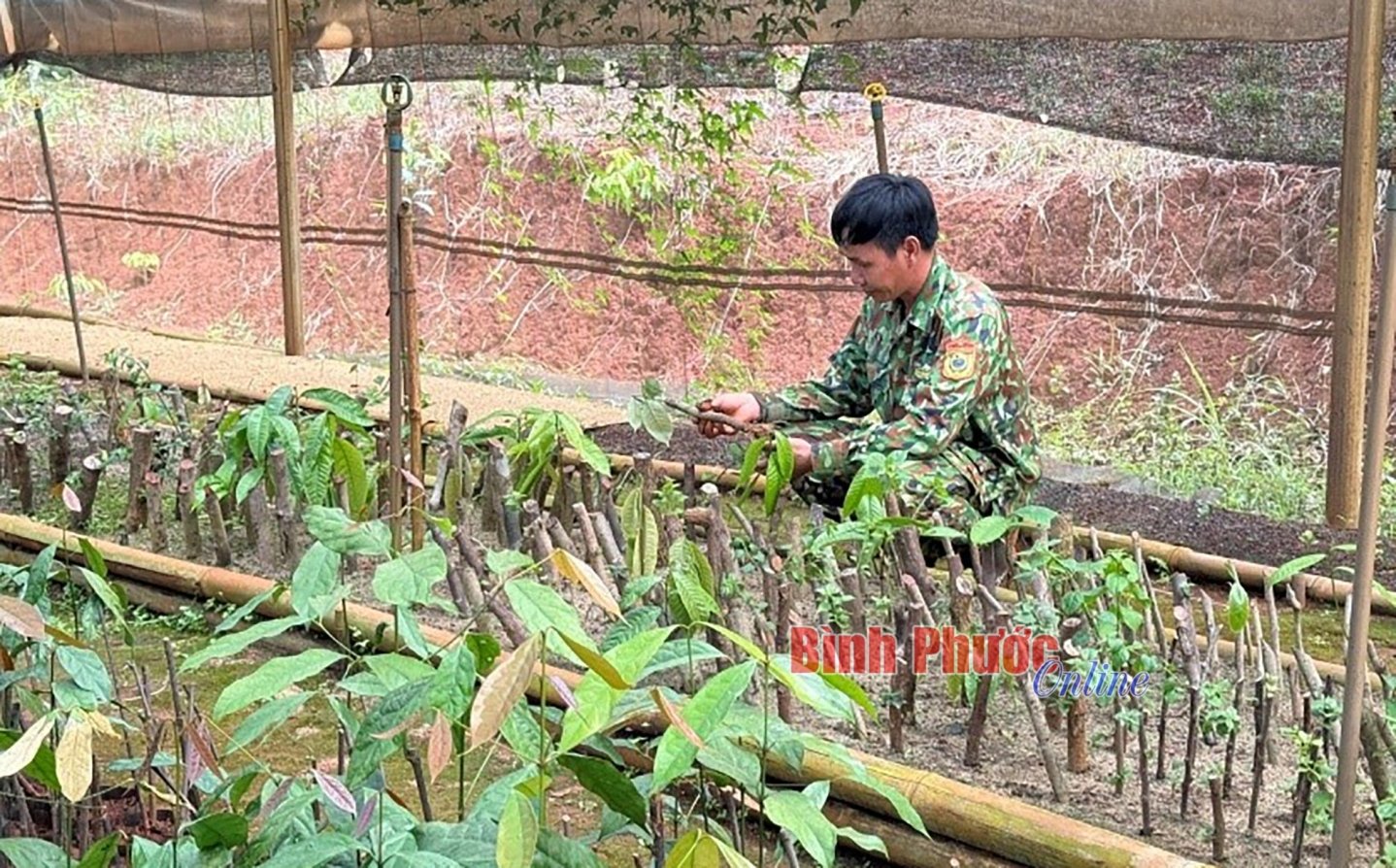
Mr. Pham Van Thi, an employee of the Science and Technology Department of Bu Gia Map National Park, said: Previously, the unit had tried many propagation methods and achieved remarkable results. Through experimental plantings, the varieties created by cuttings brought the best results. When brought to the field, the seedlings had good vitality, could withstand the weather and had a very high survival rate.
From the camellia species discovered in the core zone with a modest area, Bu Gia Map National Park has now successfully planted them on a pilot basis in the garden. “To preserve the camellia species, Bu Gia Map National Park has developed and found a method of propagation by cuttings and mass production. From there, it will no longer depend on the source of camellia growing naturally in the forest. When developing commerce to turn these camellia species into popular foods and medicines in daily life, in scientific research, these seedlings will be used. Therefore, to preserve them now, we must develop them, and the stronger the development, the higher the conservation efficiency of camellia species,” Mr. Thi added.
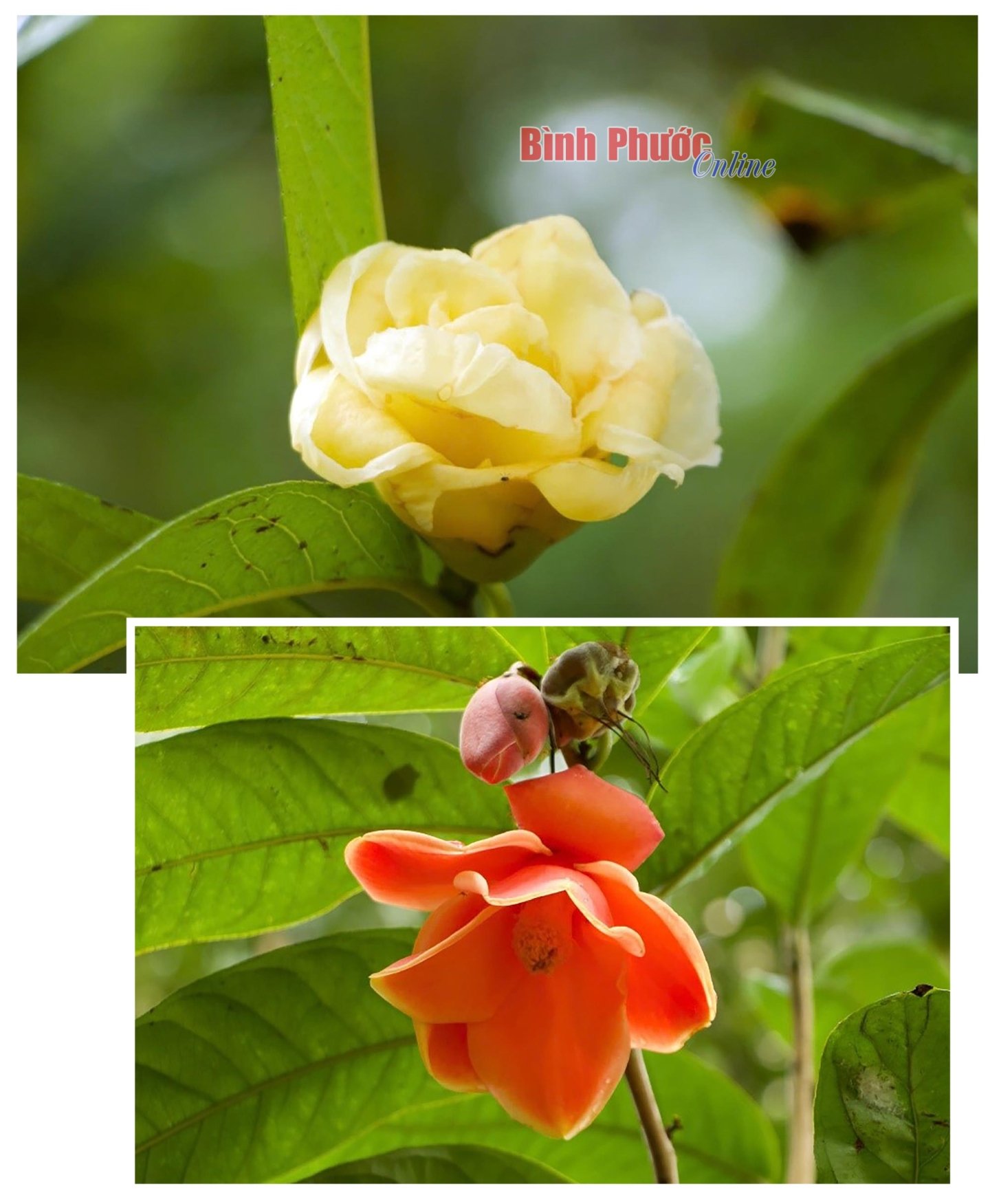
The discovery and publication of camellia species are of great significance to the conservation of biodiversity and the conservation of rare forest plant genetic resources. At the same time, it promotes applied scientific research activities to develop forest organisms in Bu Gia Map National Park in the coming time.
Source: https://baobinhphuoc.com.vn/news/9/173912/protection-and-development-of-tra-my
















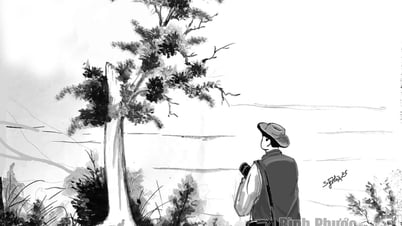



























































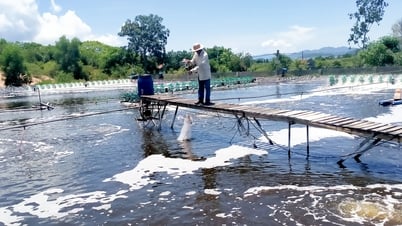












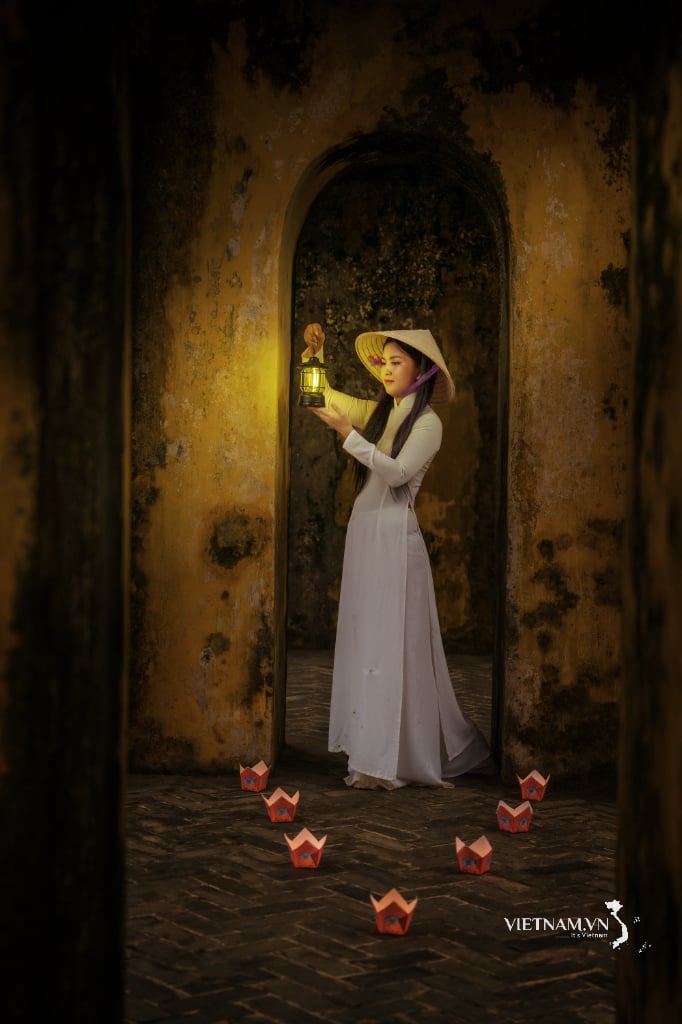



Comment (0)